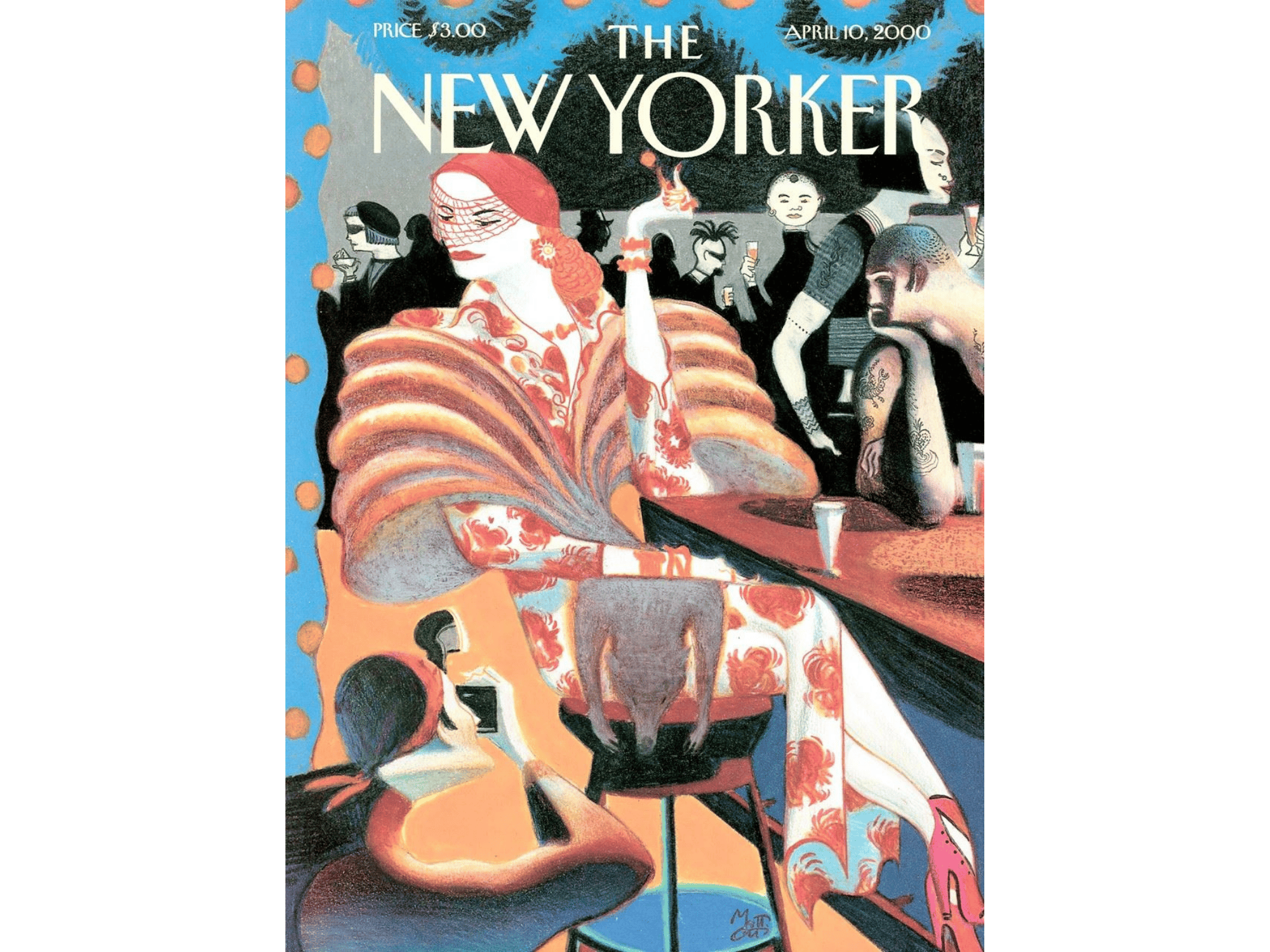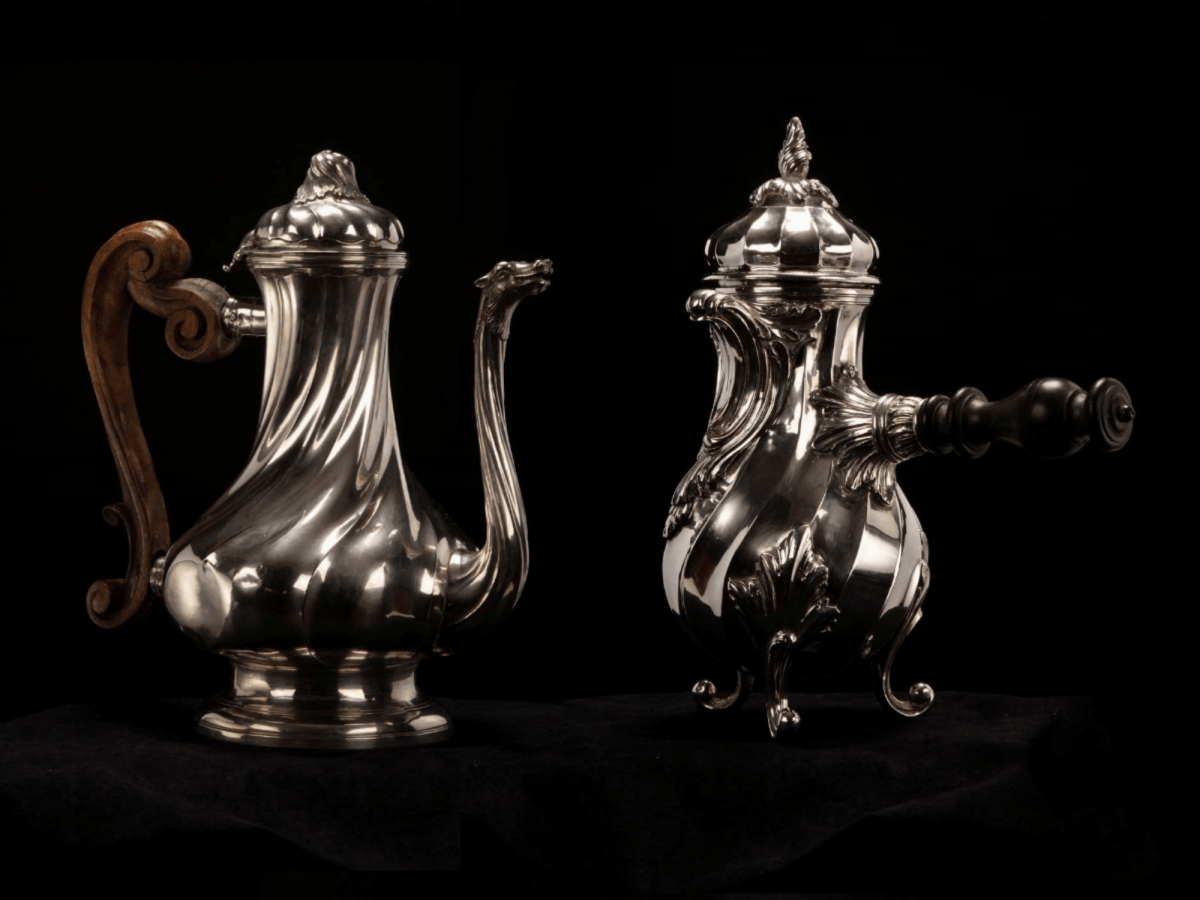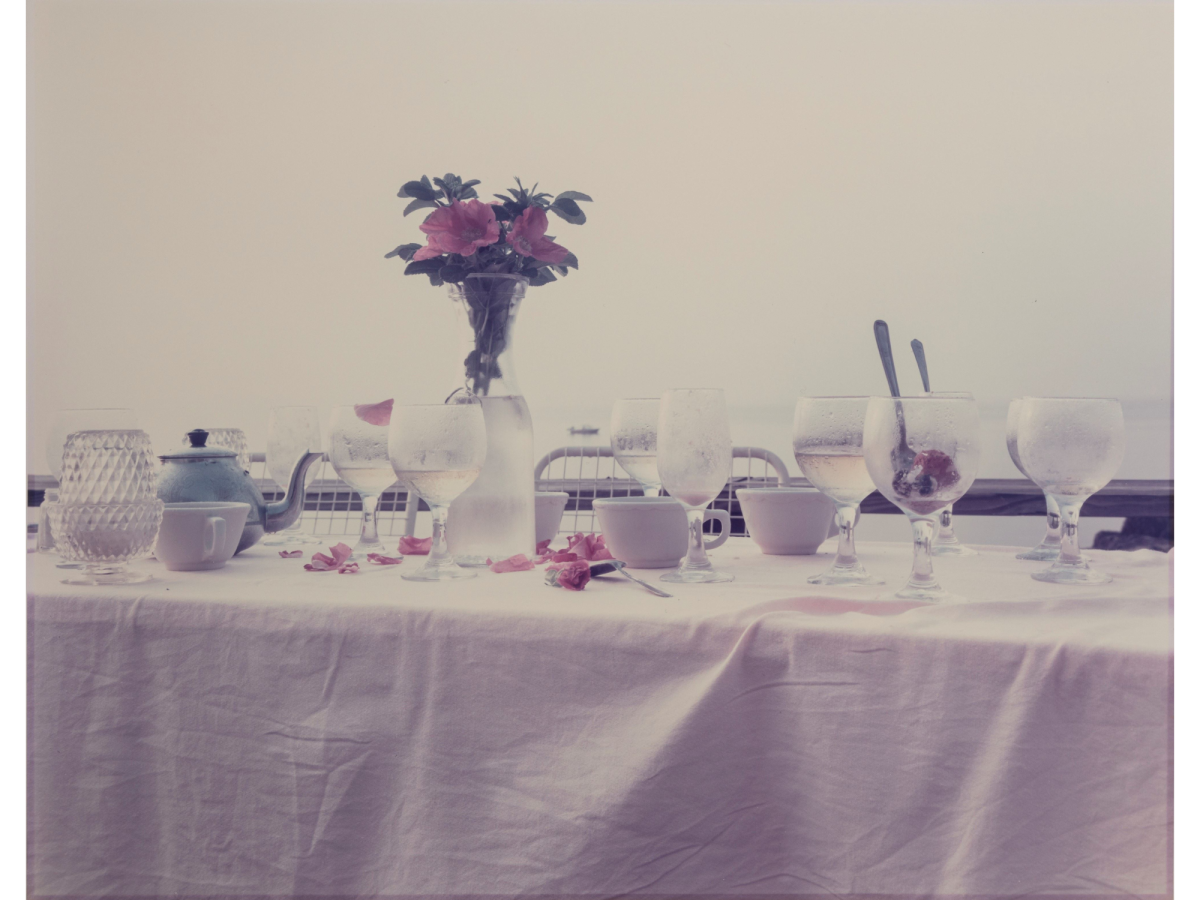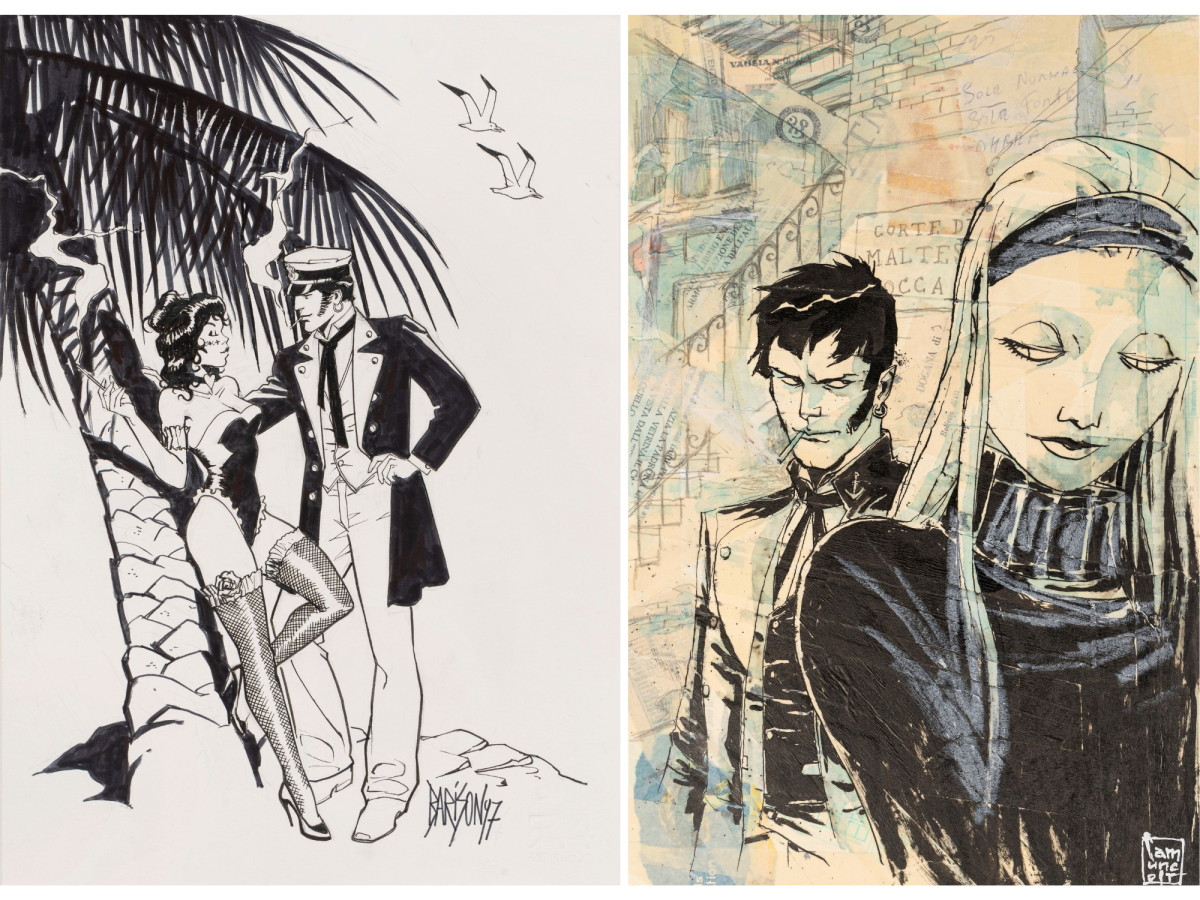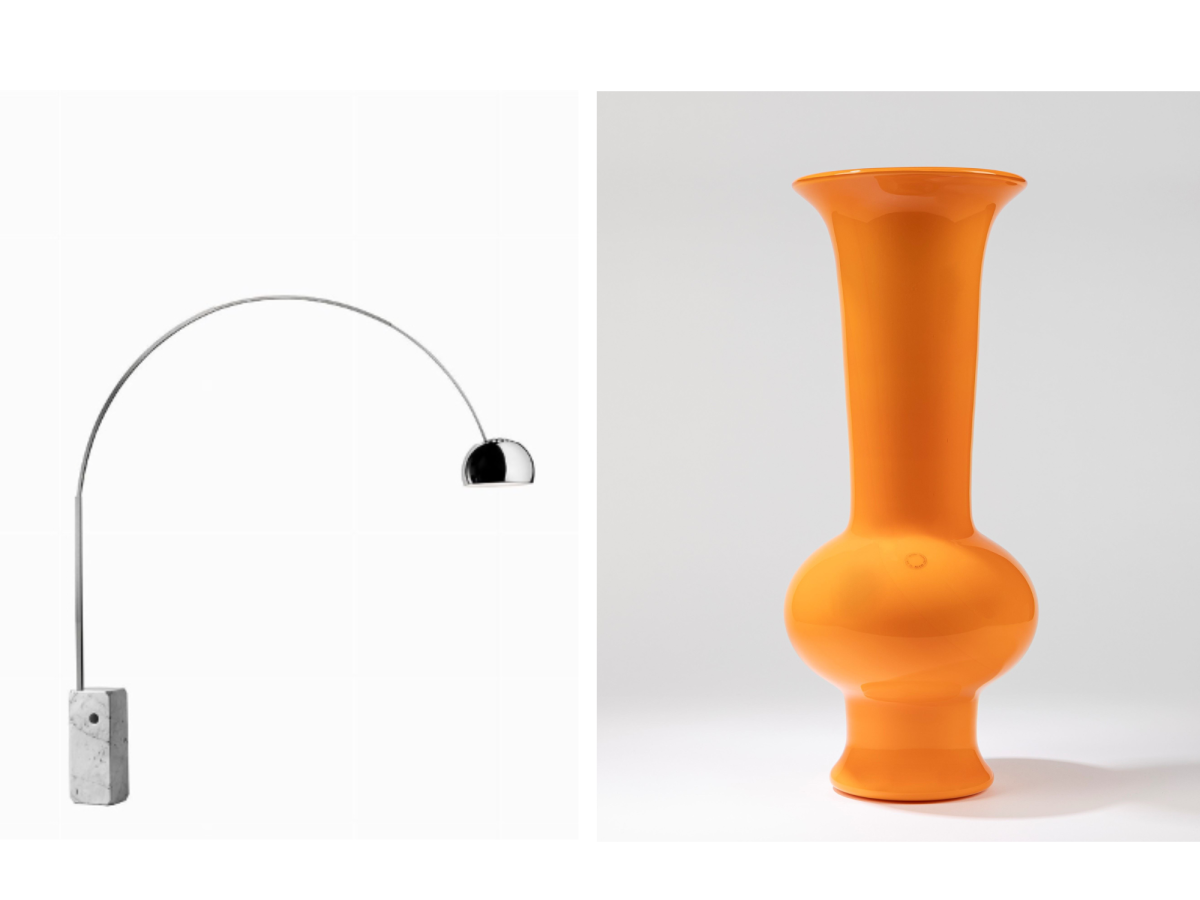Tra le pubblicazioni periodiche entrate nell’immaginario collettivo The New Yorker ricopre senz’altro un ruolo di rilievo assoluto. Con un logo ormai iconico che ne riporta il nome con un carattere ideato appositamente, il formato compatto e la sua impaginazione che privilegia i testi, fin dalla sua nascita questo magazine si posiziona in modo assolutamente originale nel mercato editoriale. Nata nel 1925 per raccontare in modo innovativo personaggi ed eventi della vita culturale newyorkese negli anni la rivista ha ampliato la sua prospettiva al mondo intero. Sulle sue pagine ha ospitato autori quali Hannah Arendt, che vi pubblicò il suo sempre attuale La banalità del male, Vladimir Nabokov, Philip Roth e persino lo sfuggente J.D. Salinger. La sua sezione di vignette satiriche è tra le più celebri e graffianti, con le sue strisce tra le più riprodotte al mondo.
Ma più ancora che per ciò che vi è pubblicato all’interno se si nomina il The New Yorker si pensa subito alle sue copertine: solo prezzo, data, logo e un’illustrazione. Nessun titolo, nessun occhiello, nessun accenno al contenuto del singolo numero. Questa impronta pulita, che lascia spazio all’immagine rigorosamente disegnata e cementa ancora di più il nome della rivista nella nostra mente, è rimasta immutata in questi primi cento anni di pubblicazione. Per un illustratore finire sulla cover del New Yorker è dunque un onore, un riconoscimento assoluto. Anche per questo fin da subito il magazine ha attinto a talenti internazionali per le sue copertine. Per fare un esempio, già alla fine degli anni Venti ne firmò alcune uno dei più grandi artisti e designer italiani di sempre, Fortunato Depero.
Ne ha seguito le orme in tempi più recenti uno degli illustratori e fumettisti italiani più internazionali, Lorenzo Mattotti: all’attivo ne ha più di trenta, a partire dalla prima del 1993. Il suo tratto distintivo, caratterizzato dai segni filamentosi e sinuosi dei suoi pastelli, con le figure appena stilizzate e le atmosfere avvolgenti e sognanti è spesso apparso anche all’interno della rivista, a corredo di alcuni articoli. Esemplare di questa collaborazione di successo è la copertina realizzata per il numero del 10 aprile 2000. È un evocativo inno alla raffinata e variegata Night Life newyorkese, fatta di glamour e stile, con la figura centrale dall’allure anni ’40 e intorno personaggi contemporanei con tatuaggi e piercing.
A celebrare l’effervescente vita culturale della Grande Mela nel 1968 arriva anche il New York Magazine, settimanale fondato da Clay Felker e il grafico ed illustratore Milton Glaser. La vocazione del New York è meno impegnata e più di attualità mondana, ma ha comunque ospitato anch’esso firme del calibro di Tom Wolfe e Nora Ephron. Glaser, autore tra l’altro dell’iconico logo I Love NY, oltre a curarne il design grafico ne ha firmato anche alcune copertine con il suo stile lisergico ed inconfondibile. Stile che, quando è libero di farsi illustrazione pura, ritrova la vocazione artistica degli esordi, quando nel 1951 ebbe la straordinaria opportunità di studiare nientemeno che con Giorgio Morandi a Bologna. L’amore per i grandi maestri ritorna nella sua illustrazione Monet paints water lilies, realizzata a pastelli a cera in occasione della mostra Vita immaginaria di Claude Monet presso la galleria milanese Nouages nel 1992. Il maestro impressionista domina la composizione con la sua silhouette in bianco, circondato dal giardino di Giverny in una ipnotica sinfonia di verdi, blu e arancio.
Due magazine intimamente legati alla Grande Mela, due illustratori dal tratto immediatamente riconoscibile e un immaginario che unisce Stati Uniti ed Europa: a dimostrazione che New York è veramente un melting pot culturale per eccellenza, capace di trascendere i propri confini.
Catalogo completo: https://www.finarte.it/asta/fumetti-tavole-e-illustrazioni-originali-roma-2025-05-09

